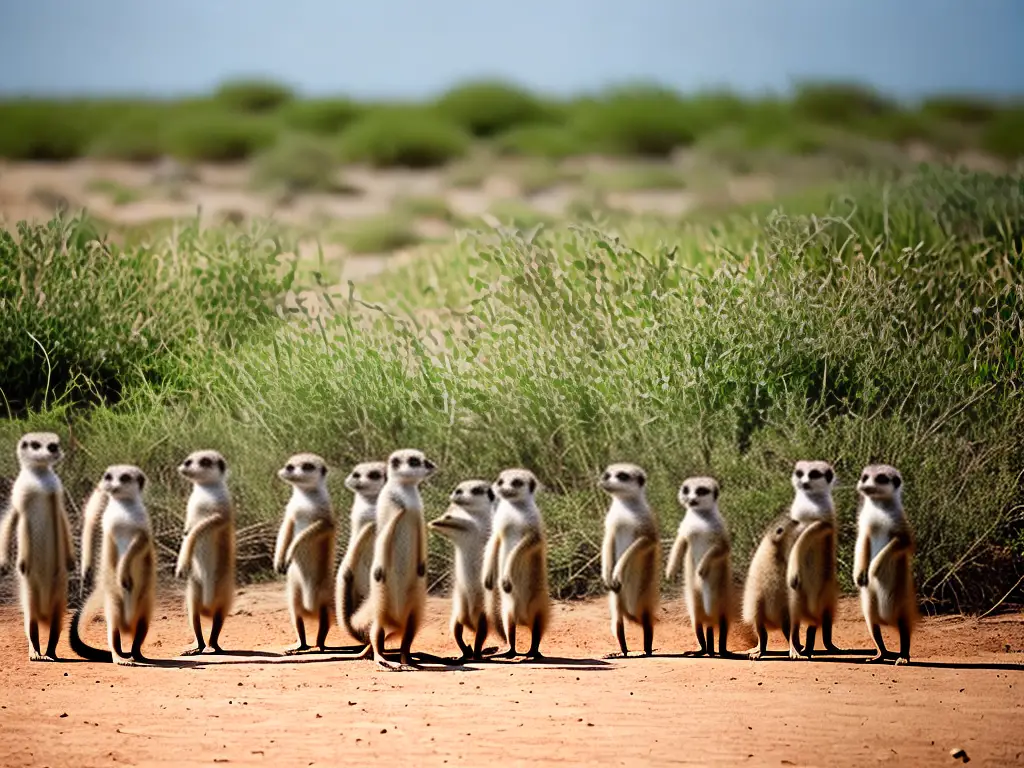Meerkat Biology: Physical Characteristics, Eating Habits, and Sensory Abilities
Meerkats are small, furry mammals that live in the Kalahari Desert in southern Africa. They have long, slender bodies and thin legs, with tails that help them balance when they stand on their hind legs. Meerkats typically grow to be about 12 inches long and weigh around 2 pounds. They also have a unique fur pattern with dark patches around their eyes, which help to protect them from the harsh sunlight in the desert.
These animals are omnivores, which means they eat both plants and other animals. They mainly munch on insects, such as beetles, spiders, and scorpions as well as small rodents and lizards. Meerkats have strong, curved claws on their front paws that they use to dig up their prey from the ground or to dig their burrows for shelter. Since they live in a dry environment, meerkats get most of their water from the food they eat, so they do not need to drink water often.
Meerkats have sharp senses that help them survive in the wild. They have excellent eyesight and can spot predators, like birds of prey, from far away. When they are on the lookout, they stand up on their hind legs and use their tails for balance. Their keen sense of smell helps them locate food hidden beneath the sand. Meerkats also have an exceptional sense of hearing that can detect sounds of danger or prey that’s hiding underground.
The average life expectancy of a meerkat is around 12 to 14 years in captivity, but in the wild, their lifespan is typically shorter due to factors like fights, disease, and predation. To survive and maintain their life expectancy, meerkats rely on their physical characteristics, eating habits, and sensory abilities, as well as their fascinating social structures and cooperative nature.

Social Structure and Life Expectancy of Meerkats
Meerkats live in large family groups called ‘clans’ or ‘mobs,’ which are typically made up of 20 to 50 members and can sometimes grow even larger. These clans play a crucial role in the survival and life expectancy of meerkats, as they help protect each other from predators, take care of their young, and share food resources. By living in such close-knit groups, meerkats not only improve their chances of survival but also thrive in their natural environments.
Within a meerkat clan, there is a dominant pair that leads the group, consisting of one male and one female. This dominant pair is responsible for producing the majority of the offspring within the clan, while the other members help with tasks such as babysitting, teaching, and guarding. By working together in this way, meerkats are able to better ensure the safety and well-being of their community, which in turn contributes to a longer life expectancy for each member.
Meerkats are also known for their sentry behavior, which is a crucial aspect of their social structure. When a group of meerkats is foraging for food or resting, one meerkat will often stand on its hind legs to keep a lookout for potential predators. If a threat is detected, the sentry will let out a warning call, allowing the rest of the group to seek safety. This cooperative behavior helps protect the clan and improve their chances of survival.
Meerkats are fascinating creatures with a unique social structure and cooperative nature that play an essential role in their survival and life expectancy. By working together and helping each other within their tight-knit communities, meerkats are able to overcome many of the challenges they face in the wild. This leads to a life expectancy of around 12-14 years in captivity and up to 10 years in the wild.
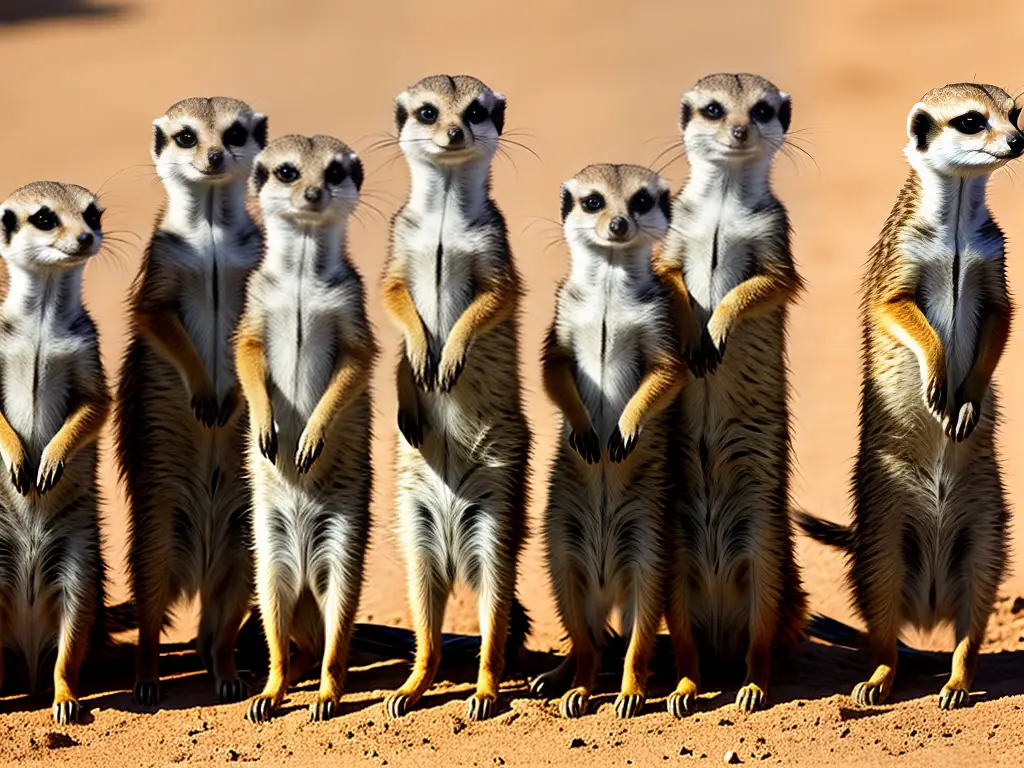
Meerkats’ Life Cycle
The life cycle of meerkats is an interesting journey from birth to adulthood. When meerkats are born, they are tiny, blind, and helpless. They rely completely on their mother for warmth, food, and protection. Baby meerkats, also called pups, usually stay in the safety of their burrow for the first three weeks of their lives. During this time, they are cared for not only by their mother but also by other members of their clan or mob. This strong sense of community further contributes to their overall life expectancy.
After emerging from their burrow, meerkat pups start to explore their surroundings and learn how to forage for food. This stage of their life, called the juvenile stage, is vital for meerkats in developing their skills in finding food and avoiding predators. Juvenile meerkats are taught by the adult meerkats in their clan on how to catch and eat insects, reptiles, and small mammals. They are also taught how to communicate with other members of the clan and interpret the calls and gestures that meerkats use to give different warnings and information.
As meerkats grow into their adolescent stage, they begin to take on different roles within their clan. Adolescent meerkats may help with the care of younger pups, watch for predators, or even lead the group to find food. During this time, meerkats gain valuable experience and learn important skills that will serve them well as they reach adulthood.
Meerkats are small mammals that live in deserts and grasslands of Africa, reaching adulthood and taking on more responsibilities within their clan. They usually have a life expectancy of around 6 to 8 years in the wild, but can live even longer in captivity where they receive regular food and medical care. Factors that may affect a meerkat’s life expectancy include its environment, exposure to predators, and availability of food resources. Under the right conditions, meerkats play a crucial role in their ecosystem and contribute to the well-being of their clan.
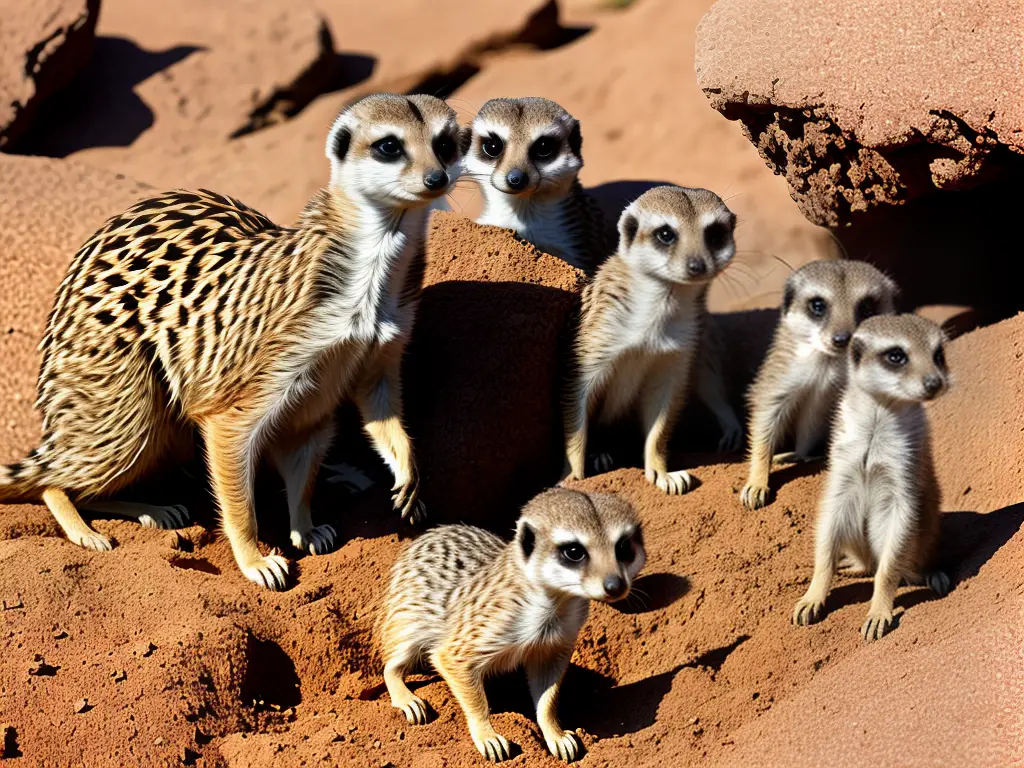
Predators and Threats to Meerkats
These fascinating creatures face many predators and threats that can impact their life expectancy. Some of the main predators meerkats encounter include birds of prey, such as eagles and hawks, and larger mammals like jackals and wild cats. Birds of prey can swoop down and snatch a meerkat from the ground, while jackals and wild cats can surprise them by suddenly appearing from behind bushes or rocks. Despite these challenges, meerkats continue to thrive and play an essential role within their habitat and their social groups.
Meerkats are always on the lookout for dangers and work together to protect themselves and their group members. They have a very unique way of communication which helps them notify each other about any potential threats. When a meerkat sees a predator, it will emit a high-pitched alarm call that alerts others in the group to the danger, allowing them to quickly hide in the safety of their burrows or seek shelter elsewhere.
Another fascinating aspect of meerkat behavior is that they take turns acting as sentinels or lookouts. While other meerkats are busily foraging for food, one or more individuals will stand on their hind legs, keeping watch for any signs of danger. If a threat is spotted, the sentinel will give the appropriate alarm call, helping the group to respond accordingly – either by rushing to their burrows, or banding together to fend off the predator.
Meerkats are fascinating creatures that live in the wild, specifically in the southern parts of Africa. Their natural habitat consists mainly of grasslands, savannas, and deserts where they dig underground burrows to keep them safe and cool from the harsh environment. The burrows also serve as their home, where they rest, sleep, and take care of their babies.
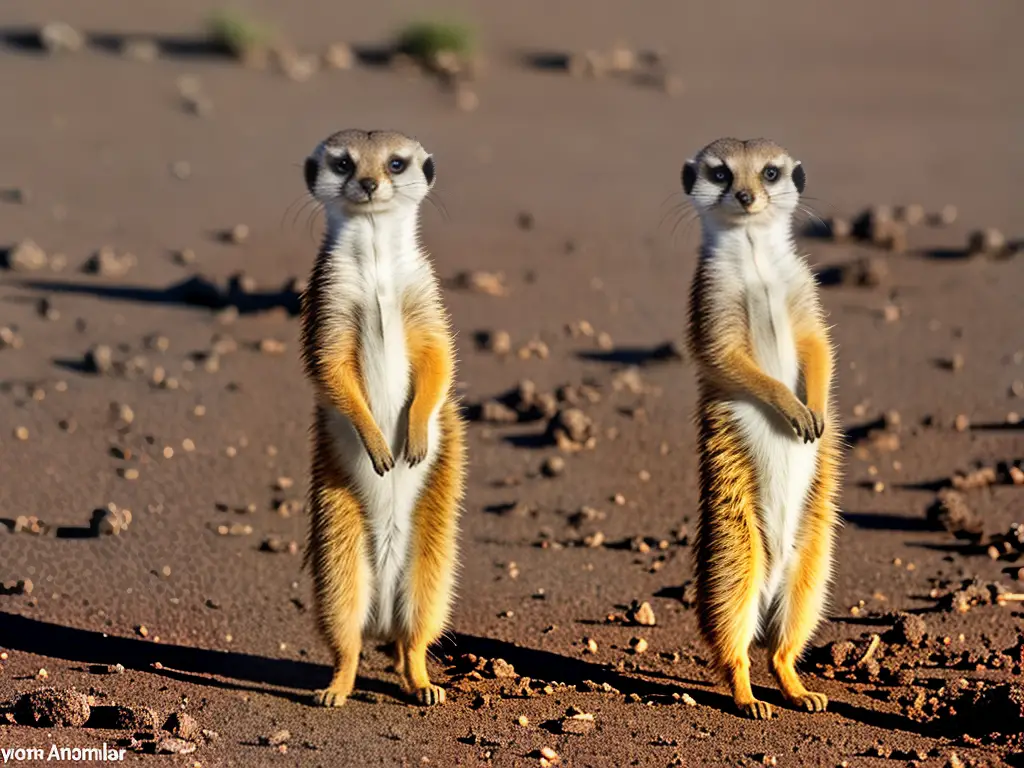
Meerkats’ Life Expectancy: Habitat and Environment
It is important for meerkats to work together in order to survive in their harsh environment, and their cooperation plays a crucial role in increasing their life expectancy. By keeping watch for threats and working as a team to protect each other, meerkats have developed a strong defense system against their predators, allowing them to live relatively long lives for small mammals – generally around six to seven years in the wild.
These small mammals have adapted to their surroundings quite well, which has a significant impact on their life expectancy. With the ability to adapt, meerkats can survive the hot and dry conditions that are typical in their habitat. They are also very social animals, living in large groups called mobs, which can consist of up to 30 individuals or even more. This cooperation among meerkat family members helps them protect each other from predators and find food together, ultimately allowing them to live a longer life span.
Environmental factors play a crucial role in the life expectancy of meerkats. For example, availability of food and water directly affects their survival. Meerkats mainly feed on insects, small rodents, and plants, among other things. They have developed special skills to forage for food efficiently, which is important when food is scarce in their harsh environment. Moreover, meerkats have learned to conserve water by getting most of their hydration from the food they eat, ensuring that they can survive even in dry conditions.
Meerkats are small mammals that live in the southern African region, known for their social behavior and living in large groups called clans or mobs. These fascinating creatures have evolved over time to adapt to their surroundings, which has a significant influence on their life expectancy. By living in groups, developing efficient ways to find food and water, and adapting to the harsh conditions of their environment, meerkats can live up to 12-14 years in the wild.
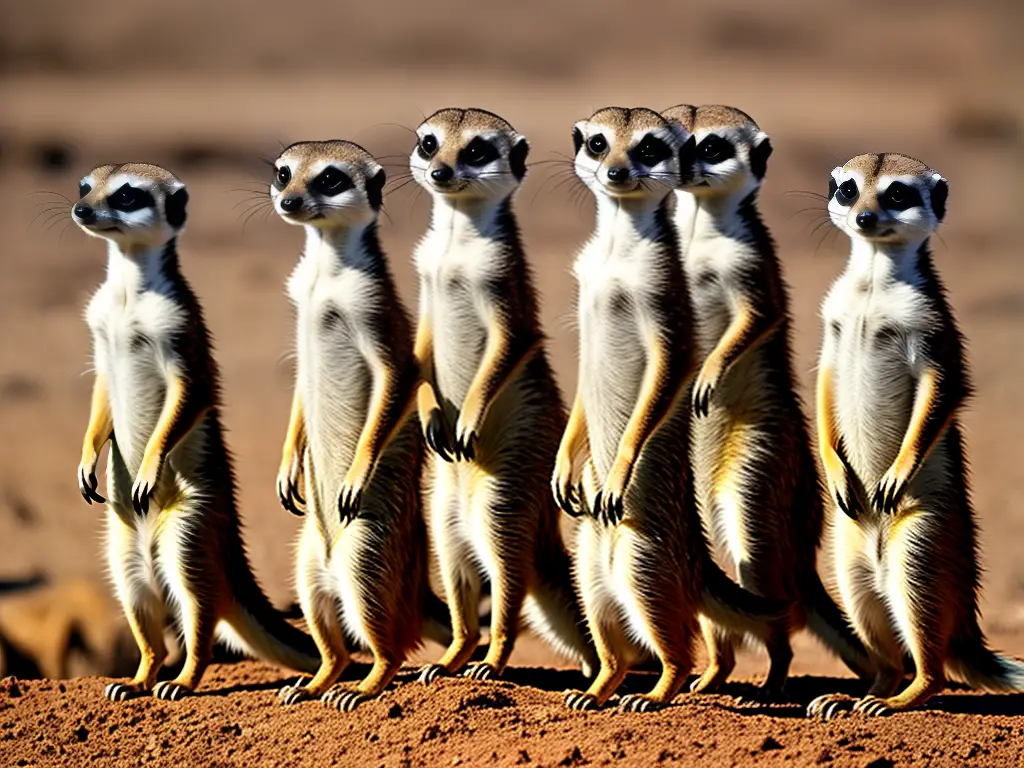
Conservation and Human Impact on Meerkats
Although meerkats are not considered an endangered species, they still face threats from human activities such as habitat loss, poaching, and climate change. These factors can negatively affect their life expectancy, making it essential to protect and preserve their habitat. Ensuring that meerkats continue to thrive and contribute to the ecological balance in these regions will help them maintain their life expectancy of about 12-14 years in the wild.
Habitat loss is a major issue for meerkats, as their homes are destroyed or altered by human activities like agriculture, mining, and urban development. As they lose their natural habitat, they may struggle to find enough food or safe spaces to live, which can reduce their overall population numbers and future survival.
Another concern for meerkats is poaching, as some people illegally capture or kill these animals to sell them as exotic pets, for their fur, or because of the belief their body parts have medicinal properties. This is dangerous for meerkat populations, as it can lead to a decline in their numbers and impact their social structures, making it more difficult for them to reproduce.
Conservation efforts can help protect and preserve meerkat populations, and potentially increase their life expectancy. Some of these efforts include creating and maintaining protected wildlife areas where meerkats can live safely without human disturbance, educating the public about the importance of meerkats and their role in the ecosystem, and enforcing laws that protect them from poaching and habitat destruction. By protecting their natural habitats and preventing human interference, we can help ensure the survival of meerkats and a longer, healthier life expectancy for these fascinating creatures.
